It’s not unusual for Salvatore Melfi to draw some strange looks and a few remarks from his friends and associates when he talks about the pizza parlor he owns along McCartney Road on the east side of Youngstown.
“People ask me, ‘Why are you still there?’ ” Melfi says, as he presses dough in the back of Nicky’s Pizzeria, which has operated in a small plaza on McCartney for 47 years. “My dad came here from Italy, and he started with nothing. The East Side has been very good to us and I’m not going anywhere.”
Melfi, who lives in Liberty Township but owns the East Side pizzeria, is among those die-hard businessmen who have stuck it out through some of the toughest times in what many once deemed the toughest side of town. But this perception of the East Side is changing as residents today exhibit a resilience and determination that they say point to exciting transformations in this part of the city.
Some of this change couldn’t be any plainer. Plans to build a $20 million “chill-can” plant and technology campus just off Oak Street are underway, initiating the most ambitious economic development project for the East Side since Corrections Corp. of America built the Northeast Ohio Correctional Center on Hubbard Road in 1997.
Other changes are subtle. Some abandoned and neglected areas show recovery with new landscaping, blight control and crime watches, evoking a sense of pride in these neighborhoods.
Still, Melfi – in his 40s – has seen the surrounding neighborhoods and the business climate change over the years. Small operations that once thrived in have left, he says, pointing to a vacant space that shares the same plaza. “This was the area’s first drive-thru,” he notes. “That guy was here for a long time.”
When Nicky’s Pizzeria opened, the steel mills that lined the Mahoning River were the economic backbone of the entire region. “We were one of the first pizza shops on the East Side,” he recalls. “All of the factories were open.”
The steel mill shutdowns during the late 1970s and 1980s – and subsequent industrial retrenchment in its wake – devastated this part of the city. Its population dwindled and business activity came to a near standstill. Yet Melfi and others here are more optimistic than ever, especially in the wake of the Joseph Co. International’s announcement that it would build its new “self-chill” can production and technology operation and create more than 250 jobs.
CEO and Chairman Mitchell Joseph, whose company is based in Irvine, Calif., lived on the East Side as a boy, and his family once owned Star Bottling Co. on Lane Avenue where the new production campus will be built.
“We need more guys like that,” Melfi says. “This is going to help a lot. He’s got money, backing and – boom – that’s what needs to be done.”
The arrival of the Joseph Co. is a needed development in an area many residents say has been neglected over the past half century.
“When I was about 25, they shut down the Oak Street Bridge,” which fed traffic directly into the East Side from downtown, recalls Robert DeMain, 60, a lifelong resident of this part of the city. Closing that bridge strangled any chance at development on the East Side nearest the downtown for nearly a decade. “The 1980s and 1990s were the worst period,” he says. “For some reason, the East Side always had a bad rap.”
DeMain says that new investment is a welcome boost to an area in desperate need of jobs, a signal that the stigma of the East Side as an area unworthy of attention and new business has been put to rest. “You want to see people with jobs,” he says. “It’s very positive, and I consider the East Side a very nice place.”
The East Side is much different than other sections of Youngstown in that it encompasses not only traditional urban neighborhoods, but a considerable rural element as well as you travel north toward Trumbull County and east toward Coitsville Township.
Bill D’Avignon, director of community development, says that light industrial development closer to the downtown, just off Oak Street, was logical because the area is accessible to the region’s freeway system. In addition, there were an ample number of vacant parcels in a 21-acre section that could be acquired to make room for the Joseph Co. project. “These were residential areas that were thinned out and tax-delinquent,” he says. “There was also freeway access and an urgency because there was a developer interested in this location.”
More development in this part of town is likely to focus on the area south of the Joseph Co. project for much the same reason, D’Avignon says. “These are areas we can start with,” he says.
Second Ward Councilman T.J. Rodgers says the East Side presents many opportunities for new investment, and while he’s enthusiastic about the new chill-can plant, he’s also concerned about the immediate needs of the residents in his ward.
“The No. 1 need of the East Side right now is a full-service grocery store that is centrally located,” Rodgers says. In March, Nemenz’ IGA closed its market in the Lincoln Knolls plaza, leaving Save-A-Lot as the only source for groceries in the area. “There’s definitely opportunity for Lincoln Knolls,” the councilman says.
He is also optimistic about cleaning up and marketing the former McGuffey Mall and Garland Plaza. “That has a lot of issues,” he allows, “but it would be perfect to help along with an area that’s a food desert.”
Rodgers is encouraged that Joseph Co. International’s plant is likely to spawn additional service-related businesses and suppliers on the East Side. “I can’t say how ecstatic I am to see this happen,” he declares.
Redeveloping other parts of the East Side could prove more challenging, D’Avignon says, especially in the more agrarian areas to the east and north.
That’s because the plan to construct a major arterial highway that would run from downtown through the East Side into Hubbard was effectively shelved during the 1990s, leaving this part of the city without viable highway access. “A lot of development out there hinged on the Hubbard Arterial,” D’Avignon says.
Regardless, organizations and neighborhood groups have banded together to promote the area in an effort to invigorate underused space on the East Side, says Tom Hetrick, neighborhood planner for the Youngstown Neighborhood Development Corp. Part of the initiative is to remove blight and address serious dumping problems in largely vacant areas of the city.
It’s especially an issue in the northern section of the East Side known as the Sharon Line, named for the former light train line that ran from Sharon, Pa., to Youngstown. During the 1950s and 1960s, this section of the city saw infrastructure development in the form of new sewers and roads in anticipation of residential growth, growth that never came. One result was entire streets left empty and that became a haven for illegally dumping refuse.
“We worked with the city and did a survey on where the vacant houses were and which streets could be closed down to prevent people from dumping out there,” he says. “That should have an impact.” And, the groups have helped to improve the aesthetics along the meridian of Jacobs Road, which is now landscaped with bushes and decorative stone.
YNDC is working on two neighborhood plans, Hetrick says, one for the Greater McGuffey neighborhood, the other for Lincoln Knolls. “The old McGuffey Mall site has great potential for industrial development down the road,” he says, and the plan includes future ideas to improve John White Park in the McGuffey neighborhood.
In Lincoln Knolls, YNDC and the residents of the neighborhood have united to spearhead improvement efforts in their community.
“We’re looking to put up some more bus shelters on McCartney Road closer to the neighborhood,” says Marguerite Douglas, a resident of the Lincoln Knolls neighborhood and a member of the Lincoln Knolls Community Watch. “A lot of residents – children and seniors – use the bus service.”
Another initiative high on her list is developing a park just behind Dandridge Burgundy Manor, Douglas says. The drawback is that the property is held in the city’s land bank, and the group is looking for a sponsor to acquire the land and help with the park.
During the summer, YNDC and the Lincoln Knolls group hosted a “Better Block Event” at the Lincoln Knolls Plaza that provided backpacks and school supplies to children, free haircuts, music, art and barbecue to area residents. About 200 attended, Douglas says. “It really brought the community together.”
Ethel Hughey, who has lived in the Lincoln Knolls neighborhood since 1965, says when she first moved here, the neighborhood was composed mostly of white residents, and she was one of the few blacks in this part of the East Side. Over the next two decades, the ethnic makeup changed and resulted in what today is a predominantly black neighborhood with a small Hispanic population.
However, the ethnic mix is in flux as more white residents have returned to this area of the East Side and the Sharon Line, Hughey says. “It’s very diverse,” she observes.
Crime rates are lower than 20 years ago across the Lincoln Knolls area because community police patrols are active and residents have joined ranks to take back their neighborhoods.
Douglas is especially excited about Joseph Co. International’s presence, she says, and hopes that the new plant would consider hiring from the East Side neighborhoods. “There have been a lot of jobs lost,” she says.
But for Councilman Rodgers and others who live on the East Side, it’s more than economic development as he notes a sense of belonging and loyalty to this part of town that can’t be found elsewhere in the city.
“People who grew up on the East Side feel strongly about the East Side,” Rodgers says. “This new plant is a good example. There’s a lot of pride.”
To read the full article from the Business Journal, click here.
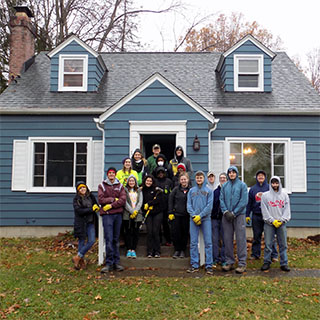 ,
, 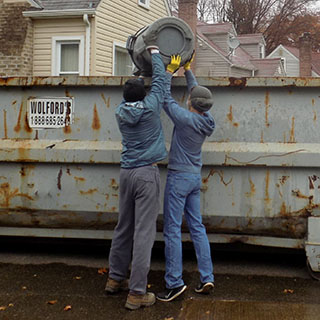 ,
, 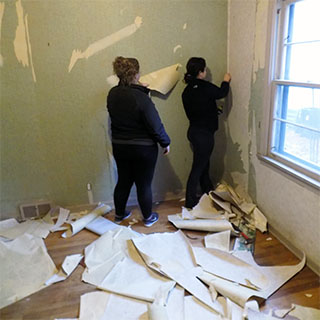 ,
,  ,
, 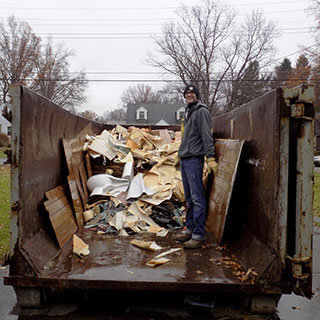 ,
, 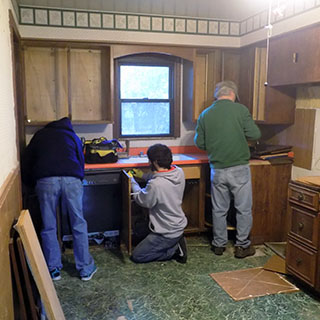 ,
, 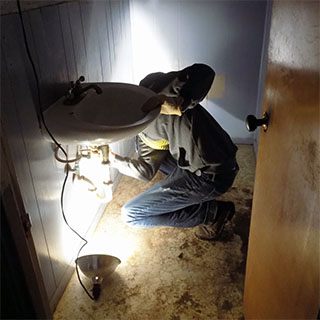 ,
, 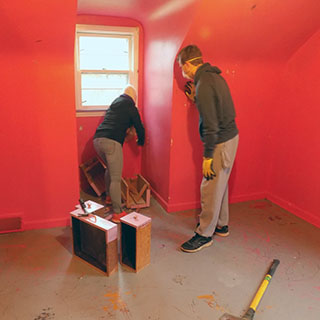 ,
, 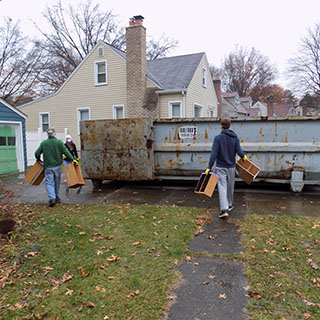 ,
, 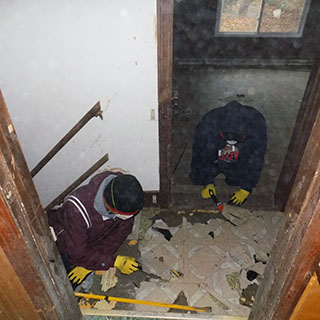 ,
, 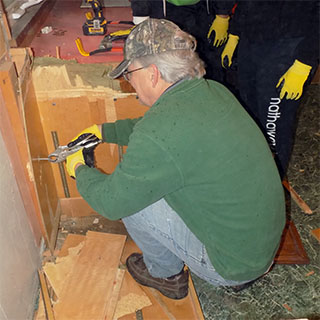 ,
, 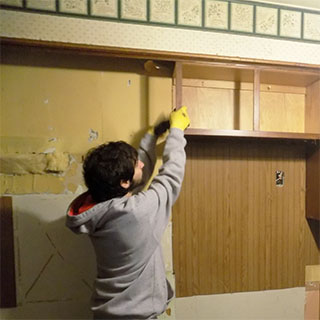 ,
, 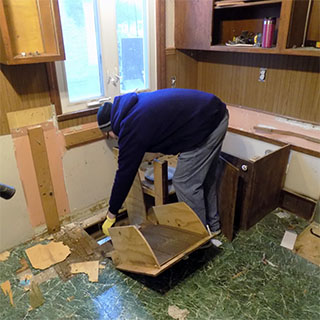 ,
, 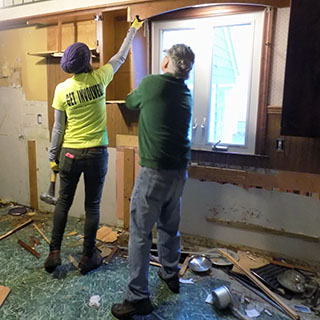
 ,
,  ,
,  ,
,  ,
,  ,
,  ,
,  ,
,  ,
,  ,
,  ,
,  ,
,  ,
,  ,
, 
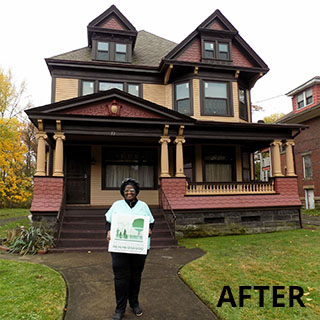 ,
, 
 ,
, 
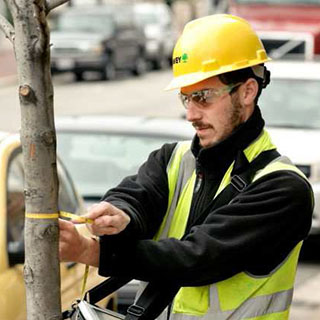


 ,
,  ,
, 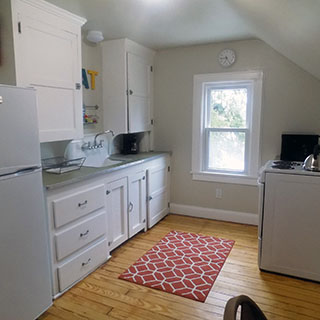 ,
,  ,
,  ,
,  ,
, 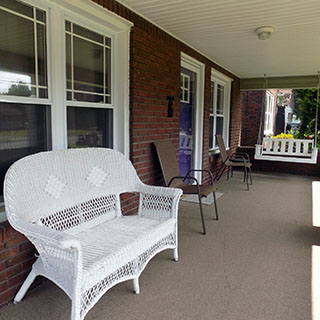 ,
, 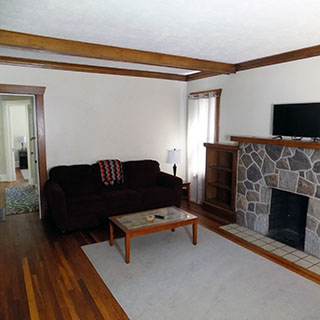 ,
, 